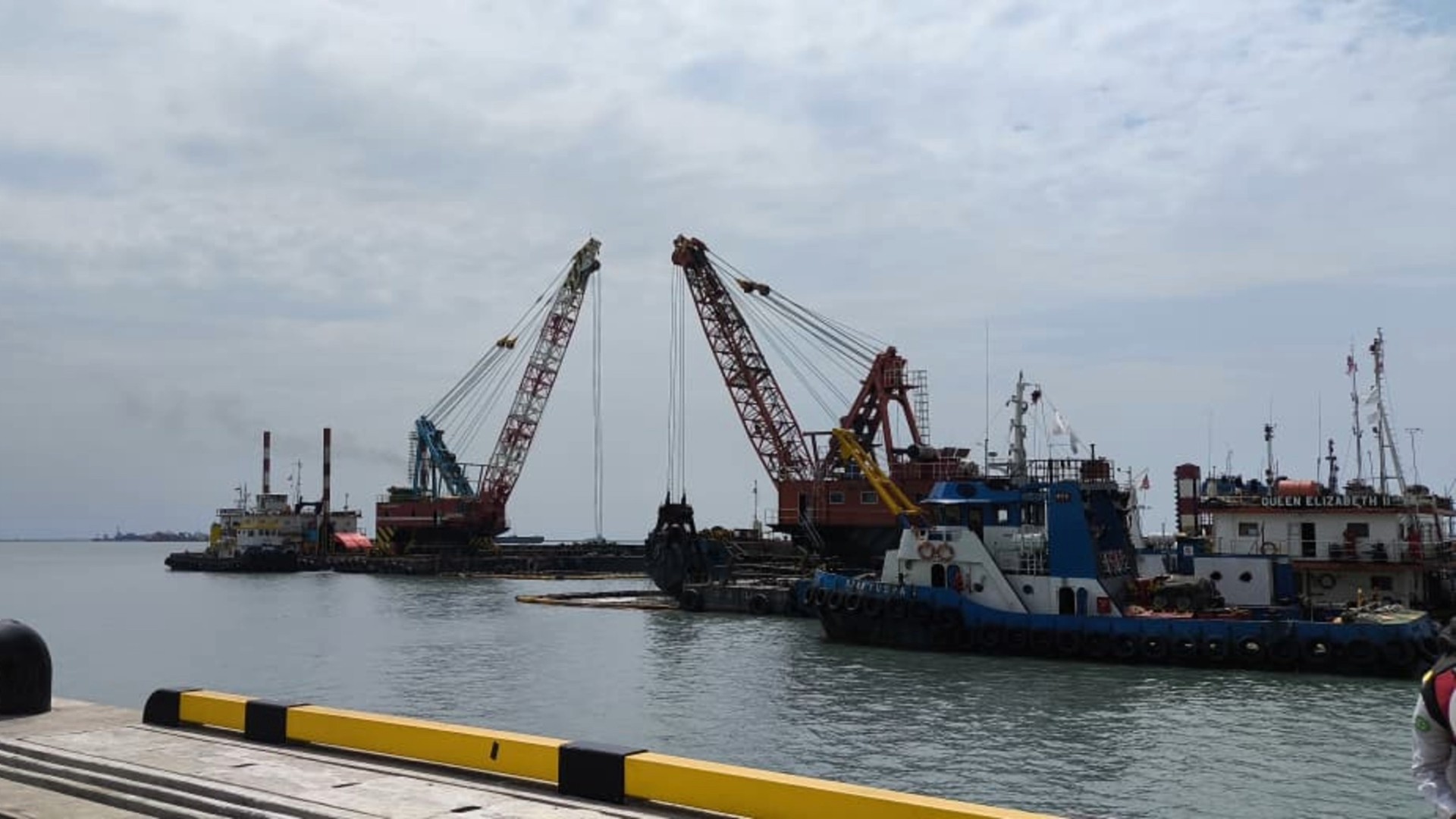
Waterway dredging is essential for maintaining ports, harbors, and navigable channels, ensuring safe passage for vessels transporting goods and raw materials. Regular dredging prevents siltation that can reduce channel capacity, increase flood risk, and disrupt trade and logistics. Beyond navigation, dredging supports water management systems, helping control floods and protect coastal communities from storm surges.
However, conventional dredging waterways can disturb benthic habitats, alter water chemistry, and impact biodiversity. Modern projects increasingly rely on a sea dredge to perform precise sediment removal with minimal ecological impact. Advanced technologies, such as low-emission sea dredge pumps, precision-guided systems, and real-time sediment monitoring, allow operators to optimize sediment removal, reduce fuel use, and limit environmental disturbance. Properly deployed, a sea dredge can transform dredging operations into controlled, data-driven activities that balance efficiency and sustainability.
This blog explores how innovation and best practices in dredging waterways are reshaping project execution, enabling decision-makers in engineering, procurement, and public administration to balance infrastructure needs with environmental stewardship and long-term economic value.

Understanding the Environmental Footprint of Dredging Operations
Every waterway dredging project interacts with complex aquatic ecosystems, making it essential to understand the full scope of its environmental footprint. While dredging remains indispensable for navigation, flood prevention, and port operations, its physical and chemical impacts can extend far beyond the immediate work area if not properly managed. Sustainable outcomes depend on how effectively project teams identify, measure, and mitigate these environmental effects.
One of the most significant impacts of waterway dredging is the disturbance of benthic habitats, the seabed or riverbed zones where microorganisms, plants, and invertebrates thrive. The mechanical removal or displacement of sediment by a sea dredge can disrupt these ecosystems, leading to loss of biodiversity and habitat fragmentation. In areas where fine sediments dominate, sea dredge operations can also trigger prolonged turbidity, reducing light penetration and impeding photosynthesis in aquatic plants. These changes cascade through the food web, affecting fish populations and other marine life dependent on these habitats.
The release of toxins that have been confined is another serious issue. Heavy metals, hydrocarbons, and organic pollutants can accumulate in sediments over time due to stormwater runoff or industrial discharge. When dredging waterways, these materials may resuspend into the water column, increasing pollutant concentrations and posing risks to aquatic species and human health. Accurate sediment classification, regulated dredging methods, and advanced containment or dewatering devices are necessary to manage this problem. When used properly, a sea dredge can remove specific silt while minimizing pollutants and environmental damage.
Noise generation and hydrodynamic alteration are additional environmental considerations. Continuous operation of dredging machinery and vessels produces underwater sound that can disturb marine mammals and fish communication. Meanwhile, changes in flow dynamics caused by sediment removal can influence erosion patterns, shoreline stability, and sediment transport downstream. These effects can persist long after the initial waterway dredging activity has concluded, underscoring the importance of long-term monitoring and adaptive management.
For decision-makers, the implications of environmental mismanagement go beyond ecological damage. Non-compliance with regulatory limits can lead to costly remediation measures, delays, and reputational harm. Unsustainable sea dredge practices not only amplify these risks but also erode project ROI by increasing fuel consumption, reducing operational efficiency, and necessitating future corrective dredging. In contrast, integrating sustainability into planning and execution enhances performance reliability and ensures that infrastructure investments remain resilient under tightening environmental regulations.
Why Sustainability in Waterway Dredging Matters
Waterway dredging projects’ long-term viability is now determined by sustainability. Regulators and investors are demanding that operators to greater environmental and social governance (ESG) requirements as the world turns its focus to lessening the impact of industry on aquatic habitats. Adopting sustainable practices is becoming more than just a regulatory issue for sectors that rely on inland and marine navigation; it is an operational and financial need that has a direct impact on performance, risk exposure, and brand reputation.
Sustainable dredging is compliant with changing international frameworks like OSPAR, MARPOL, and ISO 14001 from a regulatory perspective. These guidelines promote better waste management, greener operations, and economical energy consumption. Following these guidelines improves eligibility for government or military contracts, expedites the regulatory process, and guarantees environmental preservation. When competing for major infrastructure or port maintenance projects, both public and private contractors may find that exhibiting safe dredging waterways techniques gives them a major competitive edge.
The sustainability equation goes much beyond compliance expenses in terms of finances. Conventional dredging methods often result in reactive maintenance, increased fuel use, and recurrent sedimentation issues, all of which raise lifespan costs. By accurately targeting silt and minimizing turbidity-related delays, ecologically efficient waterway dredging techniques, on the other hand, decrease rework. Because a lower total cost of ownership is a result of less fuel use and equipment wear, this efficiency translates into a quantifiable return on investment.
Social and environmental responsibility also influences stakeholder perception. Communities affected by dredging waterways operations are increasingly aware of ecological sensitivity and demand transparency in project management. Public opposition or negative media attention can delay or halt development, adding further financial risk. Sustainable practices, such as noise reduction systems, sediment reuse, and habitat restoration, foster goodwill and demonstrate a commitment to long-term stewardship.
Resilience is guaranteed at the operational level by sustainability. While unsustainable sea dredge activities may yield immediate benefits, they often jeopardize coastal integrity and sediment balance, ultimately leading to increased maintenance costs and environmental fines. A sustainability-driven approach, on the other hand, combines data, technology, and environmental research to accomplish engineering objectives while protecting natural systems. Integrating sustainability into dredging initiatives is a sensible move for engineering and procurement professionals that protects resources, lowers risk, and enhances corporate credibility in the marine and industrial sectors.
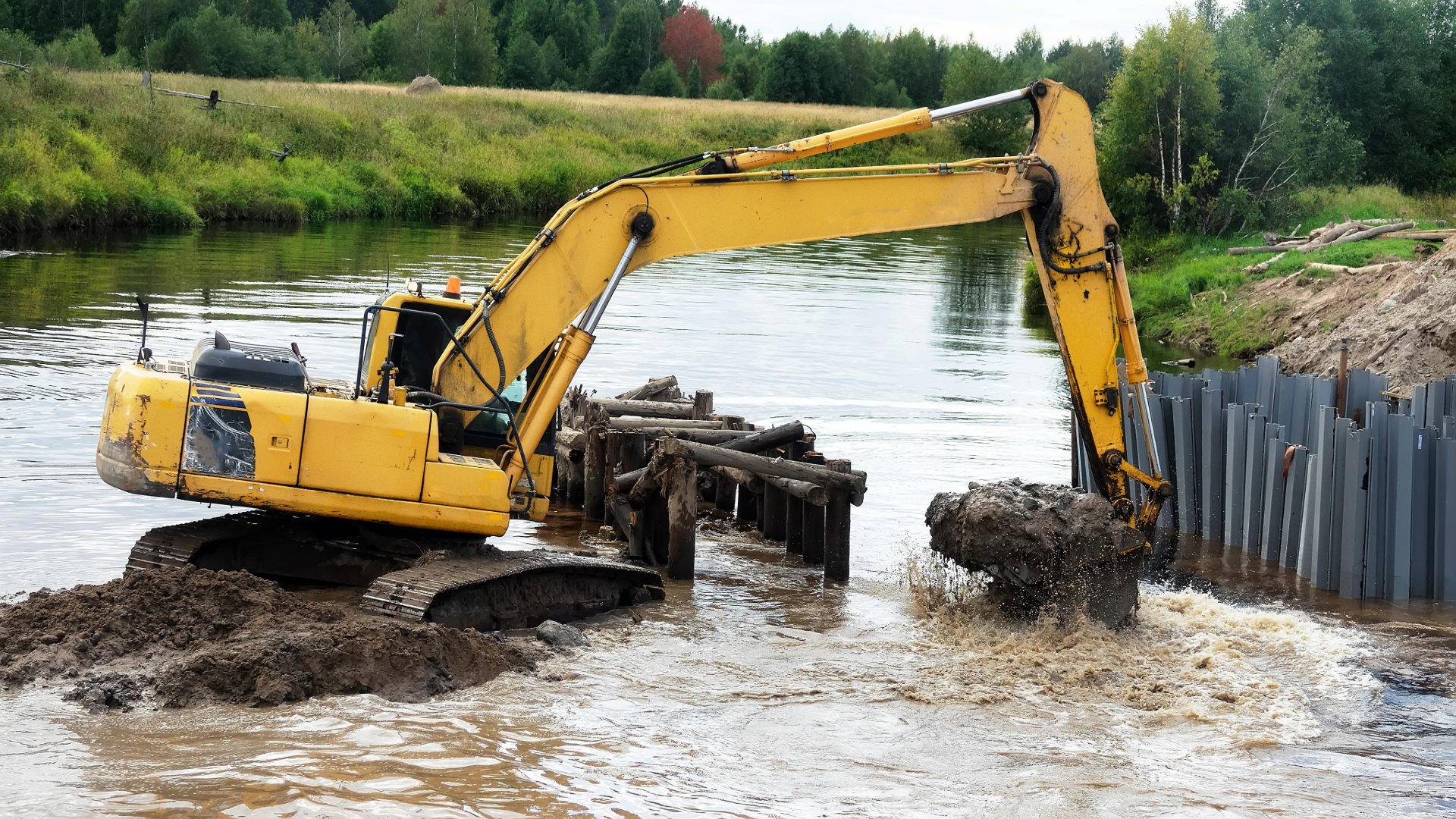
From Conventional to Sustainable Dredging: The Technological Shift
The evolution from conventional to sustainable waterway dredging represents one of the most significant transitions in modern marine infrastructure management. Historically, dredging operations were primarily focused on achieving depth targets with limited consideration for sediment dispersion, fuel efficiency, or ecological disruption. Today, advanced technology is redefining how projects are executed, making waterway dredging cleaner, more precise, and operationally efficient.
Modern sustainable dredging integrates automation, energy efficiency, and data-driven decision-making. One of the most impactful changes is the adoption of electric and hybrid-powered dredgers that significantly reduce carbon emissions compared to diesel-driven systems. These next-generation machines, often deployed in both inland and offshore applications, enable contractors to conduct dredging waterways operations with lower noise levels and reduced environmental disturbance. Combined with intelligent energy management systems, these vessels contribute to measurable reductions in fuel consumption and total greenhouse gas output.
Precision technology also plays a central role in sustainable waterway dredging. GPS-guided dredge positioning, sonar mapping, and real-time turbidity monitoring systems allow operators to remove only the necessary volume of sediment, optimizing production rates while minimizing ecological impact. This precision eliminates unnecessary over-dredging, which often leads to higher operational costs and environmental degradation. In advanced projects, autonomous and remotely operated dredging units further improve accuracy and safety, particularly in sensitive or contaminated zones.
Another important component that propels sustainability is hydraulic efficiency. Variable frequency drives and improved impeller shapes are two examples of innovations in sea dredge pump design that contribute to higher throughput while using less energy. By dynamically adjusting suction and discharge power according to sediment density, these devices enhance material handling while avoiding excessive turbidity. For operators, this means less energy use, less upkeep, and longer equipment life, all of which are important factors in long-term return on investment.
Data integration and digital analytics are transforming how dredging waterways projects are planned and monitored. Smart dredge control systems gather operational data in real time, enabling teams to assess performance metrics such as sediment load, energy use, and environmental compliance. This data-driven approach supports adaptive management, allowing quick adjustments to protect marine ecosystems without compromising production targets.
In essence, sustainable waterway dredging is no longer a theoretical goal but an achievable standard. The integration of cleaner propulsion systems, intelligent automation, and efficient hydraulic technologies is proving that environmental responsibility and operational performance can coexist. For decision-makers, investing in these technologies not only ensures compliance but also enhances competitiveness by delivering reliable, cost-effective, and environmentally sound dredging outcomes.

Key Sustainable Dredging Practices Minimizing Environmental Impact
A mix of careful planning, modern technology, and ongoing environmental monitoring is necessary for sustainable waterway dredging. By following these procedures, operators can minimize their impact on aquatic habitats and neighboring ecosystems while maintaining production.
Adaptive Management and Environmental Monitoring
Modern waterway dredging projects incorporate real-time turbidity sensors, GPS mapping, and automated data systems to track sediment movement and water quality. This adaptive approach enables contractors to adjust operations instantly, preventing excess turbidity and ensuring compliance. By integrating monitoring systems during dredging waterways, project teams reduce ecological risk and demonstrate transparency to regulators and stakeholders.
Sediment Containment and Reuse
Sediment control measures, such as silt curtains and geotextile barriers, help contain suspended particles during waterway dredging. Reusing dredged material for wetland creation, coastal protection, or land reclamation transforms waste into a resource. These containment and reuse strategies align operational efficiency with sustainability, particularly in nearshore and sea dredge projects.
Energy-Efficient Equipment
Energy-optimized dredge pumps and electric or hybrid-powered dredgers have become essential in reducing emissions and fuel use. By matching pump capacity to sediment density, operators minimize energy loss and extend equipment life. This not only cuts operational costs but also supports sustainable dredging waterways performance across diverse marine environments.
Eco-Friendly Site Planning
Strategic scheduling, such as conducting waterway dredging outside of breeding or migration seasons, further limits ecological disruption. Coordinating with environmental agencies helps align operations with local biodiversity goals. For both inland and offshore projects, including large-scale sea dredge works, these planning measures ensure long-term environmental compatibility and compliance with international standards.
Rehabilitating and Restoring Dredged Ecosystems
Sustainable waterway dredging doesn’t end when residue removal is complete; it extends into the restoration and enhancement of the affected environment. Modern dredging projects are increasingly designed not only to minimize harm but also to contribute to ecosystem recovery. By repurposing dredged materials and integrating rehabilitation plans from the outset, operators can transform potential disruption into measurable ecological gains.
One of the most effective restoration strategies involves using dredged sediment to rebuild wetlands, marshes, or eroded shorelines. These areas act as natural buffers, improving water quality and providing habitats for aquatic and bird species. Through targeted restoration after waterway dredging, contractors can help restore natural hydrology and enhance biodiversity. Such projects demonstrate how engineering goals and ecological priorities can align under the same operational framework.
In dredging waterways, the reuse of clean sediments for habitat creation or coastal reinforcement reduces waste disposal costs while improving environmental outcomes. In offshore contexts, sea dredge materials can support reef construction or the development of artificial islands that protect coastlines from erosion. These useful reuse initiatives not only strengthen ecosystem resilience but also reinforce the social and regulatory acceptance of dredging activities.
Partnerships among dredging companies, environmental specialists, and government organizations guarantee that restoration is carefully tracked and maintained over time. The industry can actively contribute to protecting aquatic health while preserving key navigation and infrastructure capabilities through prudent waterway dredging techniques and post-dredging rehabilitation.
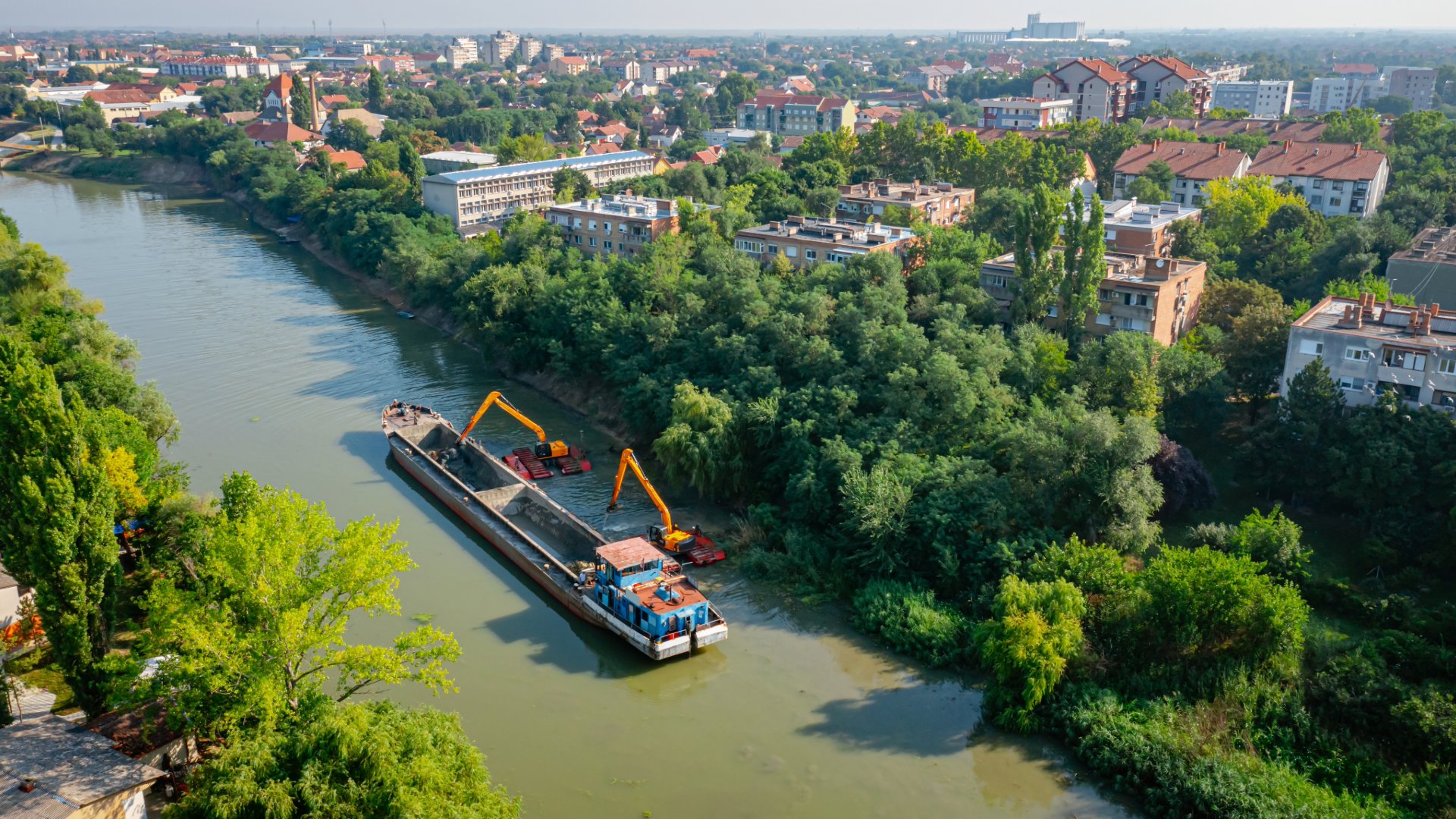
Measuring Success: Performance Metrics for Sustainable Dredging
Evaluating the effectiveness of waterway dredging projects requires more than just measuring the volume of sediment removed. Performance metrics focused on environmental impact, operational efficiency, and regulatory compliance are essential for demonstrating both sustainability and ROI.
Key indicators include turbidity control, sediment containment effectiveness, and compliance with water quality standards. Monitoring these parameters during dredging waterways operations ensures that ecological disturbances remain within acceptable limits and helps identify areas for operational improvement. Energy efficiency and fuel consumption are also critical metrics, particularly for projects using modern sea dredge equipment, where optimized pump performance and hybrid propulsion systems can significantly reduce carbon emissions.
Other standards include post-dredging habitat regeneration and sediment reuse rates. Monitoring the reuse of dredged material for the development of artificial reefs, coastal reinforcement, or wetland formation demonstrates cost-effectiveness and environmental responsibility. A clear picture of the financial and environmental advantages of using sustainable waterway dredging practices is provided to stakeholders by including these indicators in project planning and reporting.
Finally, incorporating real-time monitoring data into adaptive management frameworks allows project teams to make timely operational adjustments. This proactive approach ensures consistent performance, protects sensitive ecosystems, and reinforces the credibility of contractors and operators undertaking dredging waterways projects.
The Future of Sustainable Waterway Dredging
The future of waterway dredging is increasingly defined by innovation, efficiency, and environmental stewardship. Emerging technologies are enabling more precise sediment management, lower emissions, and improved monitoring, ensuring that dredging operations meet both infrastructure needs and ecological standards.
Automation and AI-assisted control systems are transforming dredging waterways projects. These technologies optimize dredge positioning, adjust suction rates in real time, and monitor turbidity, allowing operators to minimize environmental impact while maintaining production efficiency. Meanwhile, electric and hybrid-powered sea dredge vessels are reducing fuel consumption and noise pollution, supporting cleaner operations in sensitive aquatic habitats.
Digital data integration is also becoming central to sustainable dredging. Real-time analytics help project managers evaluate performance metrics such as energy usage, sediment displacement, and environmental compliance. This data-driven approach not only supports adaptive management but also provides transparency for regulators, investors, and stakeholders, reinforcing confidence in sustainable practices.
Future developments in eco-friendly dredging designs, habitat restoration, and material reuse have the potential to match more waterway dredging with long-term operational and environmental goals. Industries that depend on navigable rivers may minimize their ecological impact while ensuring resilience, compliance, and economic efficiency by adopting these developments.
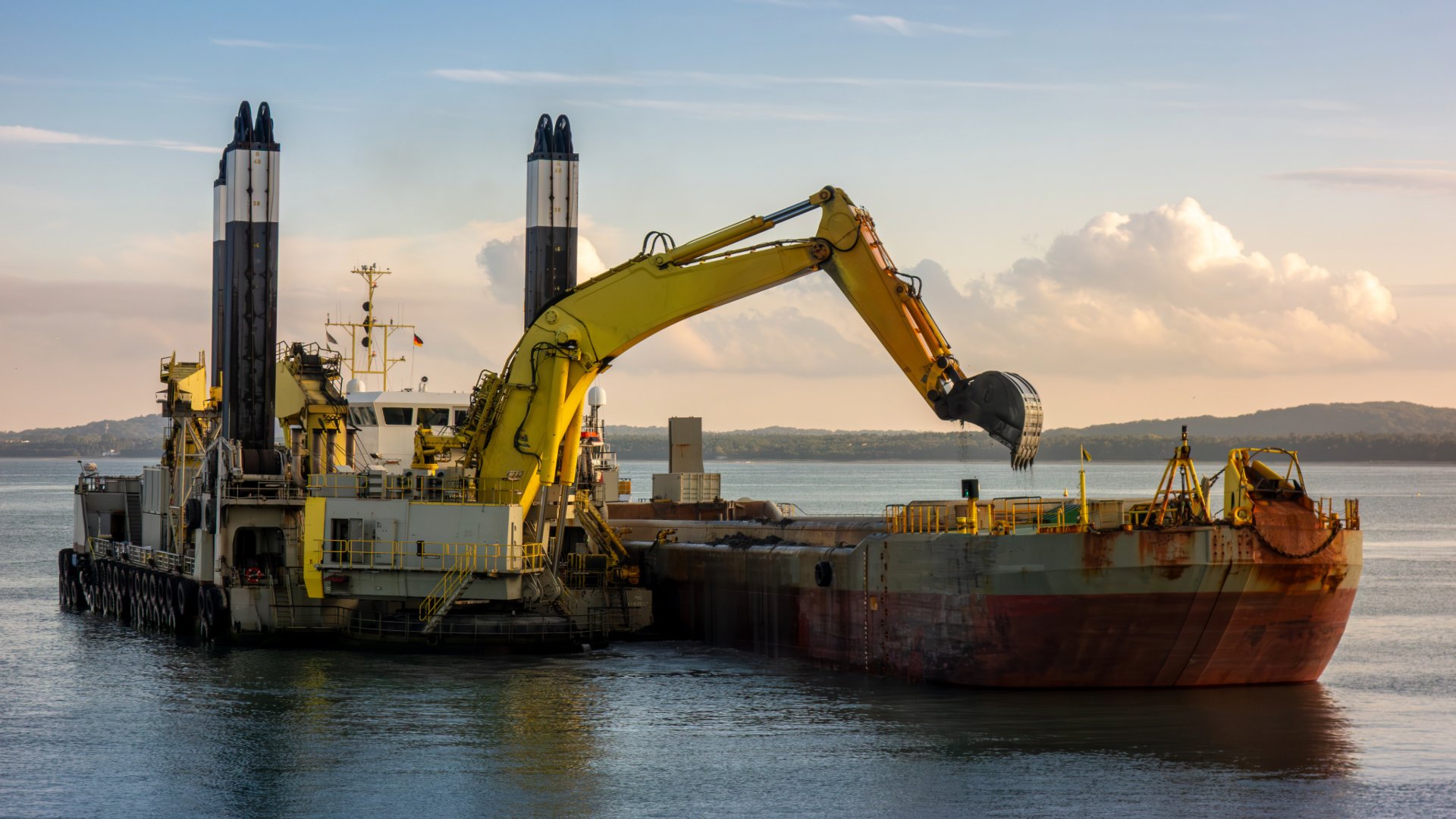
Advancing Sustainability Through Smarter Dredging Decisions
Sustainable waterway dredging is no longer an optional consideration; it is a strategic imperative for infrastructure projects, maritime operations, and environmental stewardship. By integrating advanced equipment, adaptive management, and eco-conscious planning, operators can achieve navigational and flood control objectives while minimizing ecological disruption.
Implementing best practices in dredging waterways not only protects aquatic ecosystems but also delivers tangible benefits in operational efficiency, regulatory compliance, and long-term ROI. From precision-controlled sea dredge operations to sediment reuse and habitat restoration, these approaches demonstrate that environmental responsibility and project performance can go hand in hand.
For decision-makers in engineering, procurement, and public administration, prioritizing sustainable waterway dredging ensures resilient infrastructure, cost-effective operations, and strengthened stakeholder confidence. By adopting these technologies and methodologies, projects can meet today’s operational demands while safeguarding the health of waterways for future generations.
Contact us today to learn how our sustainable dredging solutions and advanced sea dredge technologies can help you minimize environmental impact, improve operational efficiency, and achieve long-term compliance and performance for your next project.
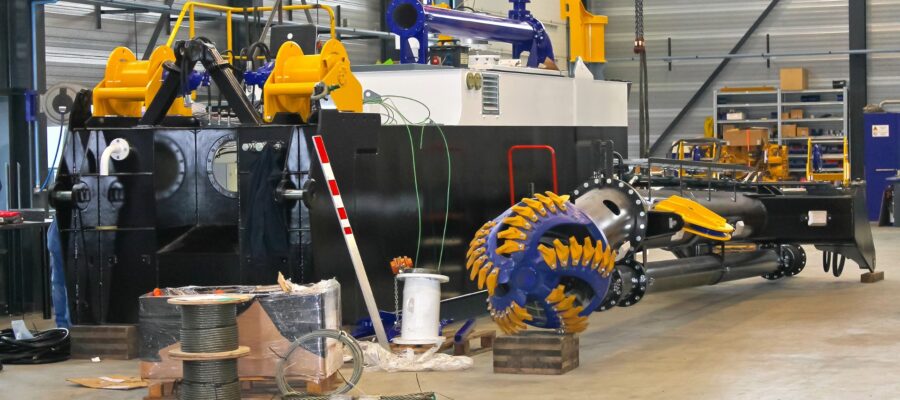
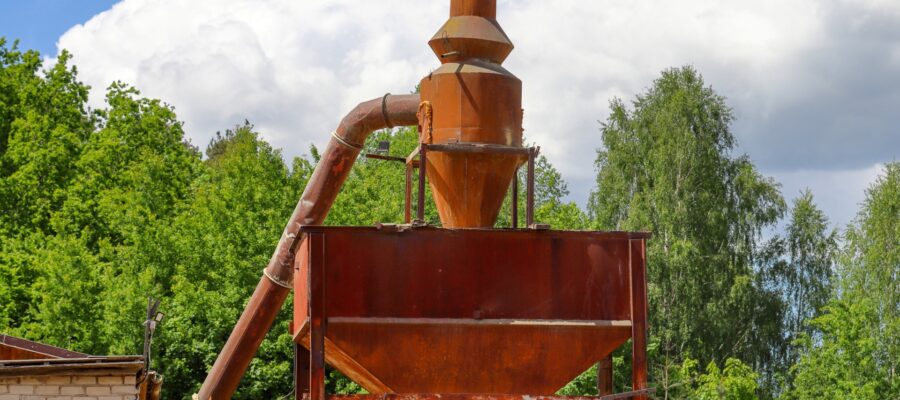

Post a Comment